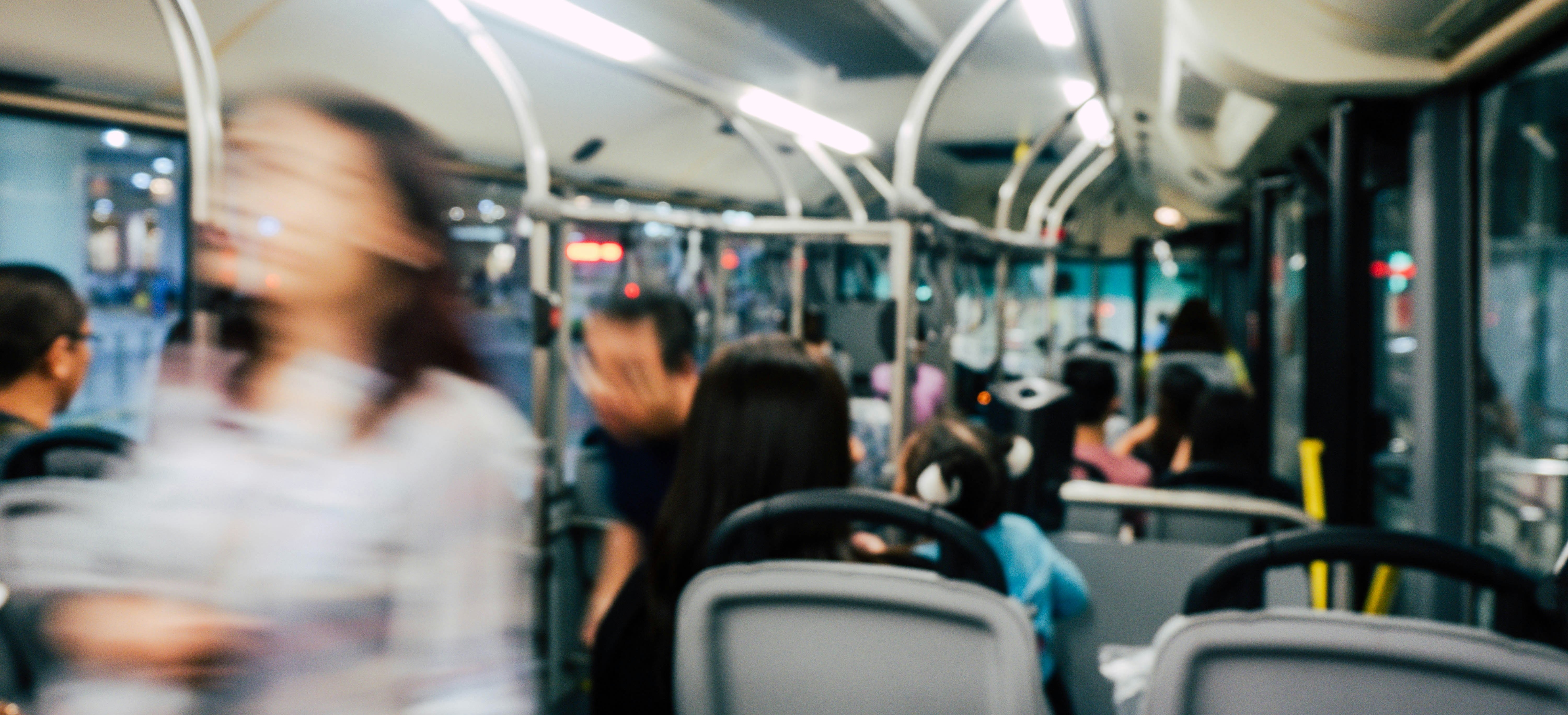On the Fast Track: How BRT is Steering MobiliseYourCity Towards Efficient Urban Transit

Twelve out of 20 finalised MobiliseYourCity SUMPs prominently feature Bus Rapid Transit (BRT) systems as the cornerstone of urban mobility. For the uninitiated, a BRT is a high-capacity, high-speed bus-based public transport system that can offer efficient urban mobility. A BRT is usually designed to improve capacity and reliability beyond a traditional bus service through three main ways: 1. BRTs often have dedicated roadways for buses, reducing delays caused by mixed traffic; 2. buses in a BRT system usually have priority at intersections, which helps to minimize waiting times, and; 3. BRT systems usually try to speed up the process of getting on and off the bus with platform-level boarding and pre-ticketing.
BRT aims to combine the capacity and speed of a Light Rail Transit (LRT) or a Metro Rail Transit (MRT) system with the flexibility and lower cost of a bus system¹. The systems are generally less expensive to implement and operate compared to rail systems because they don't require tracks and the buses can be more flexible in their routing. In comparison to LRT or MRT, can be quicker to deploy and more adaptable to changing urban landscapes, which is important for dynamic, fast-growing cities. For all these reasons BRTs have become an attractive option for MobiliseYourCity cities looking to improve mass public transport without the high price tag associated with rail systems².
The proposed BRT systems in MobiliseYourCity SUMPs –Abbottabad, Ahmedabad, Arequipa, Baixada Santista, Dakar, Dire Dawa, Douala, Kumasi, Medan, Santo Domingo, Trujillo, and Yaoundé can potentially address the infrastructure gap while increasing road capacity and reallocating street space from cars to priorities public transport. Additionally, BRT projects can contribute to solidifying the governance and decision-making processes of early transport authorities, consolidating urban mobility authorities that have recently adopted their SUMPs. Therefore, BRT serves as an entry point for cities undertaking actions to transform mobility, preparing them for future, more complex urban transport projects and solutions.
Seven cities that have included a rough cost estimate, the total expected investment need for the BRTs is 1.8 million euros for at least 7 BRT lines.
Four MobiliseYourCity member cities have moved from including BRTs in their SUMPs to making sure they get built. Yaoundé, Cameroon has completed a pre-feasibility study with support of the Swiss government and the EU. In Medan, Indonesia the national government has USD 264 million in financing from the World Bank and AFD for the Mass Transit Program Support Project (MASTRAN), which has a BRT component for a project that aims at enhancing mobility and accessibility and bolstering institutional capacity for mass transit development. In Dakar, Senegal the BRT is receiving financing from the World Bank, the European Investment Bank, IFC, MIGA, the government, and the private sector. And finally, Douala’s BRT received World Bank for 78% financing of their BRT with the national government covering the rest.
For travel demand of up to 40,000 passengers per hour per direction BRT emerges as a cost-effective and flexible solution to provide public transport supply. Above these travel volumes, a metro could be considered. MobiliseYourCity SUMPs also include more costly investments for cities with large populations, financing, and institutions systems: 9,303 million euros for the development of 3 metro lines in Santo Domingo.
Transforming the paratransit sector can be undertaken as part of BRT implementation, aiming to include paratransit owners, drivers, and other workers in the renovated operational framework of the BRT system. Paratransit is pivotal in the MobiliseYourCity SUMPs, with a significant financial allocation earmarked for reform initiatives. The Partnership recognises the importance of formalising and regulating the paratransit sector, contributing to a more organised urban transport landscape.
For more insights into MobiliseYourCity SUMPs check out the 2024 Global Monitor.
For further information regarding BRTs, check out the ITDP BRT Guidelines